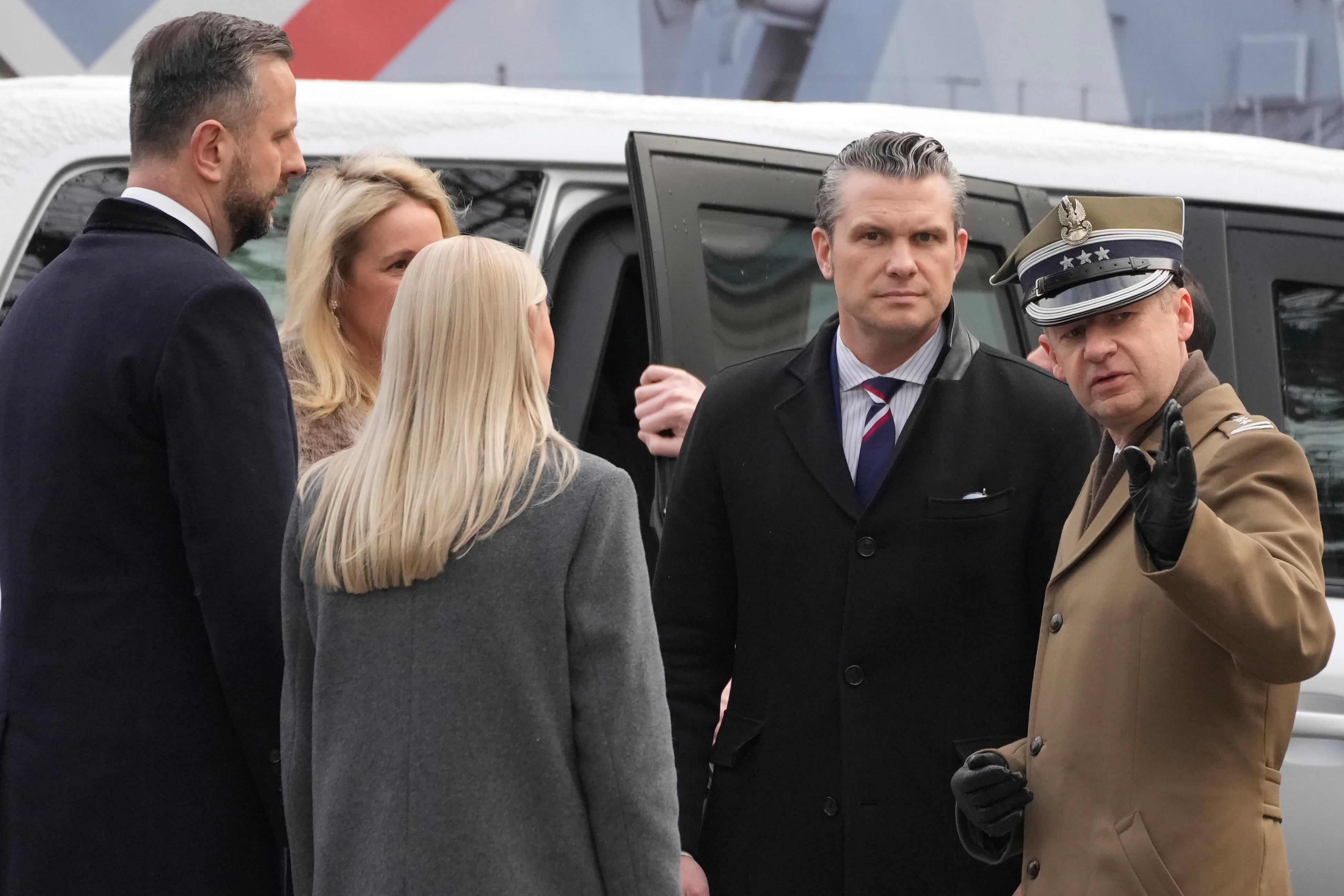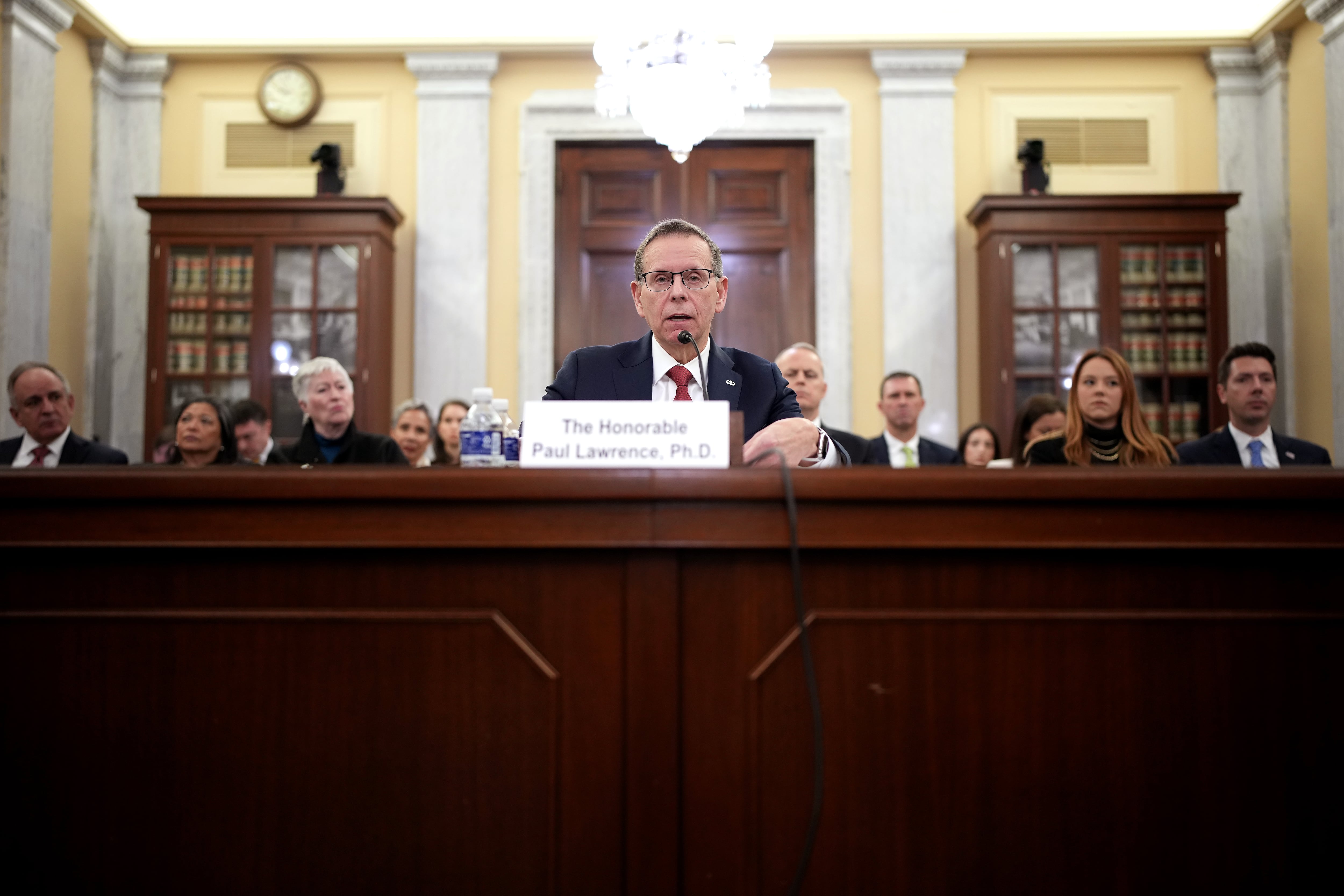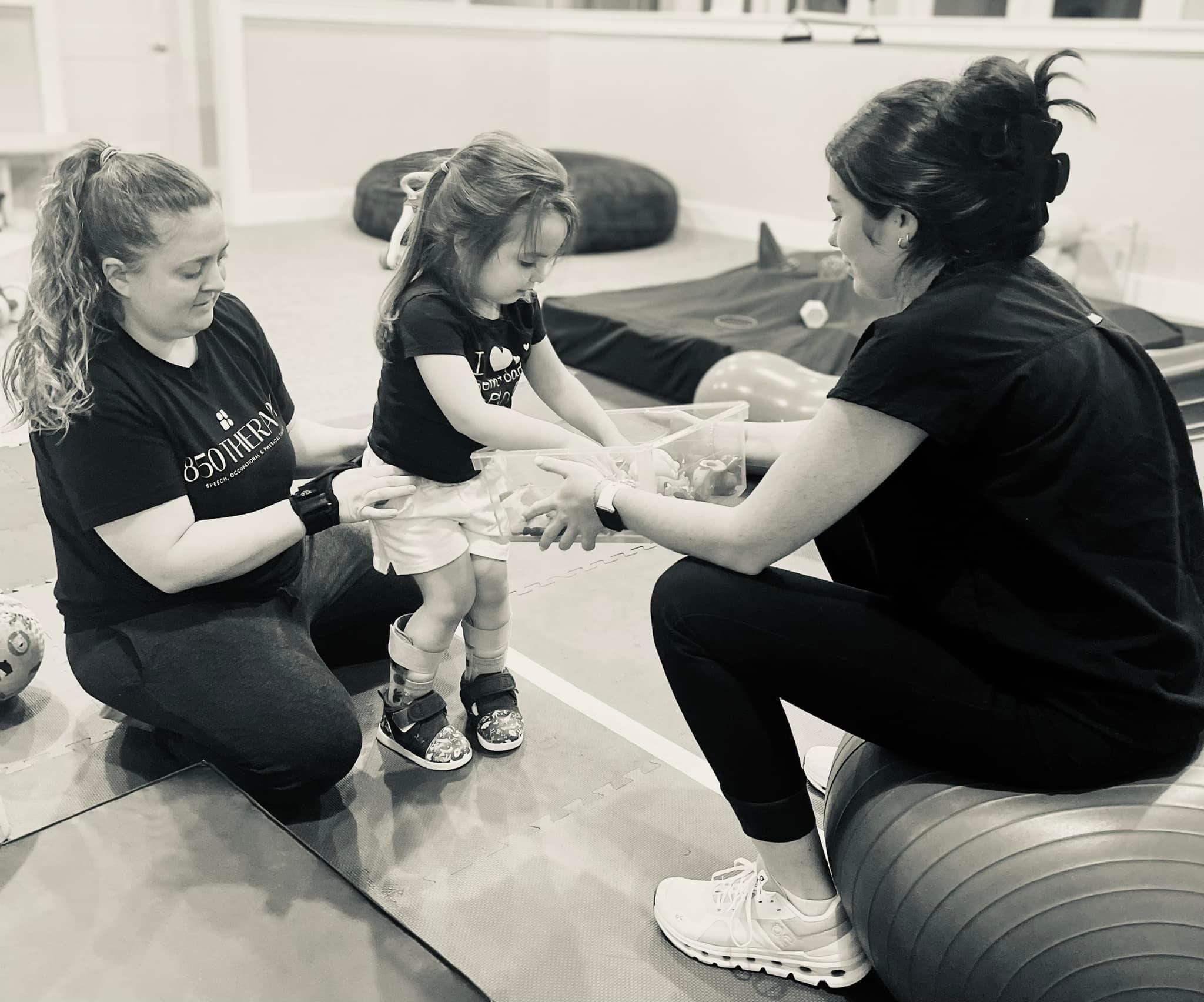Editor’s note: This op-ed was authored by an active-duty service member who requested anonymity due to concerns about potential retribution for expressing views on diversity, equity and inclusion initiatives in the military. Military Times granted anonymity and the use of a pen name for the author to express their views freely.
Do you know what data drove the Air Force pilot height requirements until 2020?
It was a 1967 anthropometric study that analyzed data from only men.
While it’s understandable why a male-only sample might have been the norm at the time, most agree its relevance has long passed. Despite this, the 1967 study continued to shape aircraft development and pilot selection — meaning it informed how to design cockpits and the height required to most effectively fit in those cockpits — for over five decades. This led to 96.3% of male candidates meeting the height requirements, while only 66% of women — and even fewer Black, Hispanic and Asian women (26%, 28%, and 39%, respectively) — proved eligible. These effects went unaddressed for years, despite a 20-year shortage of over 2,000 pilots undermining military readiness.
I’m not saying that leaders ignored the pilot shortage and intentionally disqualified women (and to a greater degree, minority women) from serving as pilots in 1967, since then or today. But I am saying that 1967 biases and restrictions shaped Air Force policy that went unchecked for decades, resulting in unnecessarily discriminatory accessions requirements until 2020.
And even though 2020 represents a big step forward in maximizing pilot talent and addressing the pilot shortage, the discriminatory damage is not done. This is because pilots, who are disproportionately selected for high-level Air Force leadership roles, become the policymakers and enforcers later in their careers. Thus, an antiquated height requirement that unintentionally limited the diversity of those who could become pilots will continue to undermine diversity in our highest ranks decades from now.
Lack of diverse leadership perspectives is precisely what enabled the 1967 all-male-data-driven requirements to persist for decades. And if a woman directly affected by the policy hadn’t researched the policy’s history, and used her voice to educate leaders on its discriminatory impacts, the Air Force pilot height requirements likely would not have changed.
Thankfully, that woman’s voice was amplified by an Air Force Barrier Analysis Working Group, or BAWG. These working groups evaluate how available data, practices and policies may undermine military readiness (like the pilot shortage) or create barriers to military service. They use data and desired readiness outcomes to offer solutions for maximizing talent across demographics.
Unfortunately, these working groups were dismantled following President Donald Trump’s executive order on diversity, equity, inclusion and accessibility, known as DEIA, which claimed that diversity initiatives were divisive. By blanketly canceling these programs, leaders failed to account for their impact on national security. Beyond concerns of fairness versus divisiveness, many abolished programs enabled preparedness for future conflicts to ensure our unchallenged global presence.
Those who argue that barriers to women’s and minority members’ service don’t affect national security should consider two points: 1) who is willing and able to serve, and 2) how the military engages in modern conflict.
In 2020, only 23% of young Americans met the military’s medical and behavioral standards, and women qualified at higher rates than men. Additionally, studies show future conflicts will rely more on intelligence, medical support and technological expertise than brute strength. And women make up the majority of many of those professions. For example, over 85% of U.S. nurses and 76% of health care professionals are women.
As the risk of war with major powers grows, the military will need diverse talent more than ever. Historically, the military has expanded to include women during wartime but contracted their roles afterward. This cycle appears to continue today, creating risk for those serving.
One concrete example of these risks is gear development. Despite women being eligible for all combat roles since 2013, efforts to ensure fitting body armor have been slow. A 2023 Army report revealed that 44% of women in Army Special Operations faced issues with ill-fitting equipment.
Without intentional research to understand these issues, the problem would have remained unaddressed.
Now that the problem is known, it needs to be corrected, along with other health and readiness gaps that BAWGs were addressing, such as developing urinary devices for women to use on extended flights, enabling women’s access to reproductive care and improving shaving waiver processes that disproportionately affect Black men. But executive mandates to stand down anything that may be construed as “DEIA,” alongside pressures to disregard race and gender, creates a new gap. Who will take on these readiness imperatives now?
Reducing diversity efforts during our current state of peace might not feel risky to some. But if we enter war with a capable, competitive nation, our lack of readiness to utilize diverse talent will be undeniable. And it will be too late.
Steps taken today to end diversity efforts will return us to outdated data, hinder our ability to recruit diverse talent necessary for the all-volunteer force and increase health and safety risks for minority service members. These actions will ultimately undermine our military’s modernization, readiness and effectiveness far into the future.
In Other News




Load More
Read the full article here







